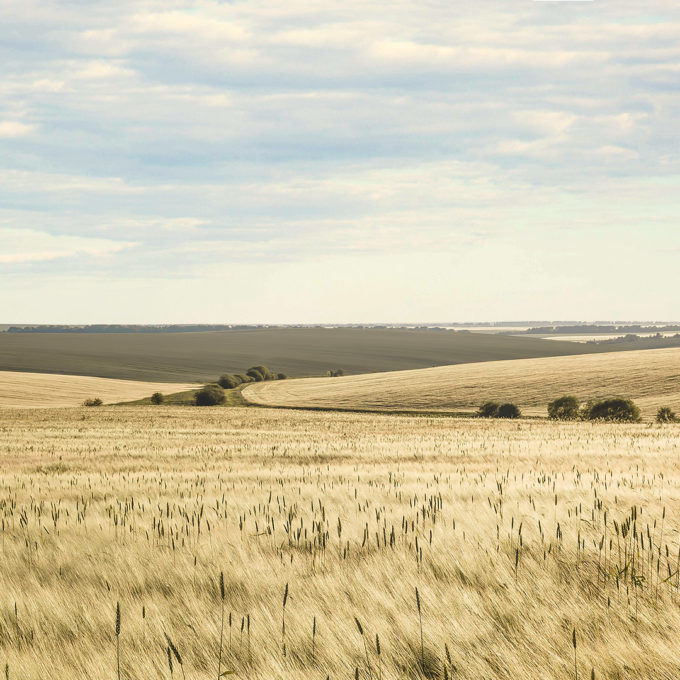Our markets
Botswana
Botswana is rich in natural resources and has vast solar energy potential, receiving over 3,200 hours of sunshine per year. Even though Botswana possesses vast coal resources, the nation’s ambitions to drive a renewable energy transformation is clear to see. The country’s Vision 2036 calls for 50% renewable energy allocation by 2036.
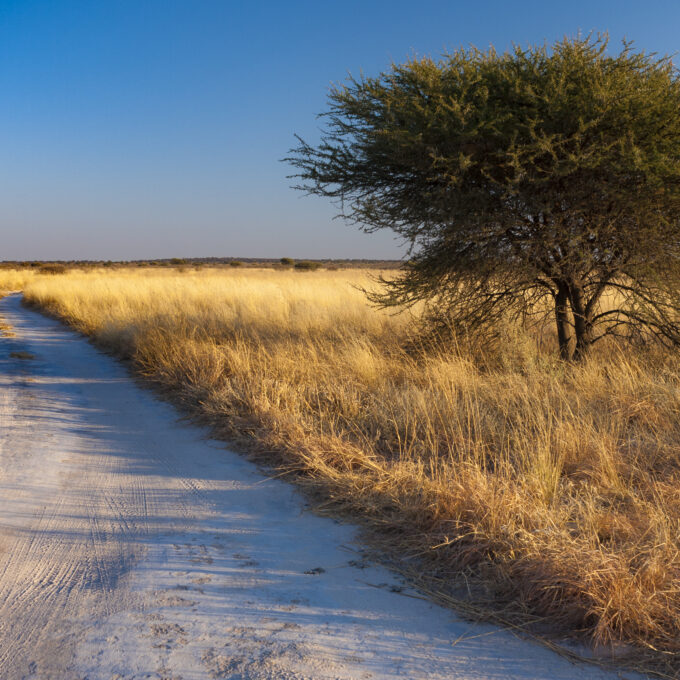
Brazil
With focus on renewable energy and a well-developed regulatory framework, the solar market in Brazil has significant long-term potential. Scatec is taking an active part in developing solar projects in the country.
Scatec entered a partnership with Equinor for two solar development projects in Brazil and the partners have realised the 162 MW Apodi and 531 MW Mendubim projects together.

Czech Republic
An attractive support scheme for solar power led to a strong market growth in the Czech Republic from 2009 to 2011. There has since this time been limited growth in the solar market in the country. Scatec developed and built four solar power plants in 2009 and 2010 with a total capacity of 20 MW.

Egypt
The Egyptian Government launched a solar Feed-in-Tariff programme in 2015 with a goal of generating 20% of energy from renewable sources by 2022. With a planned capacity of 1.8 GW and covering 36 km², the Benban site near Aswan was in 2019 the world’s largest one-site solar project. Scatec entered the market in 2015 and with 380 MW in operation, the company is the largest solar developer in Egypt.
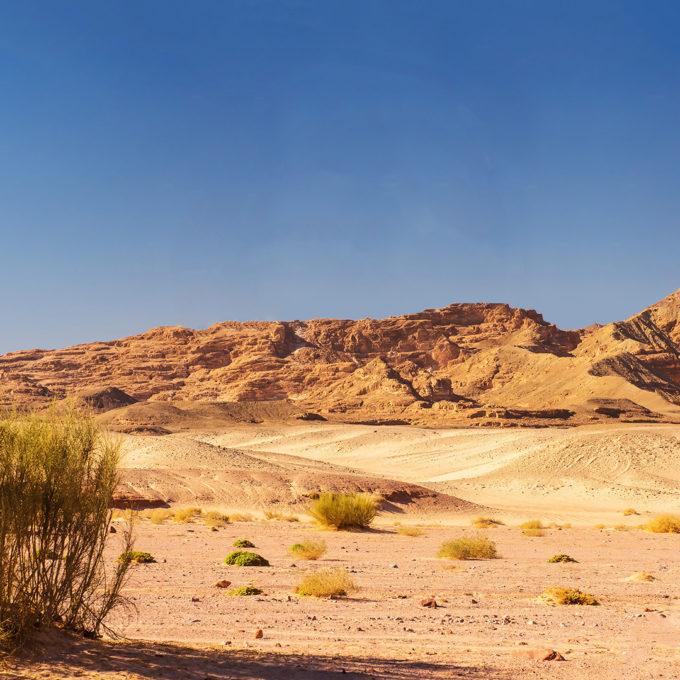
Honduras
Honduras is currently dependent on diesel power as a source of energy generation, but the country aims to generate 60% of demand from renewables by 2022. Scatec entered the market in Honduras in 2014 and built the 60 MW Agua Fria solar power plant. In 2018 the 35 MW Los Prados plant was grid connected.
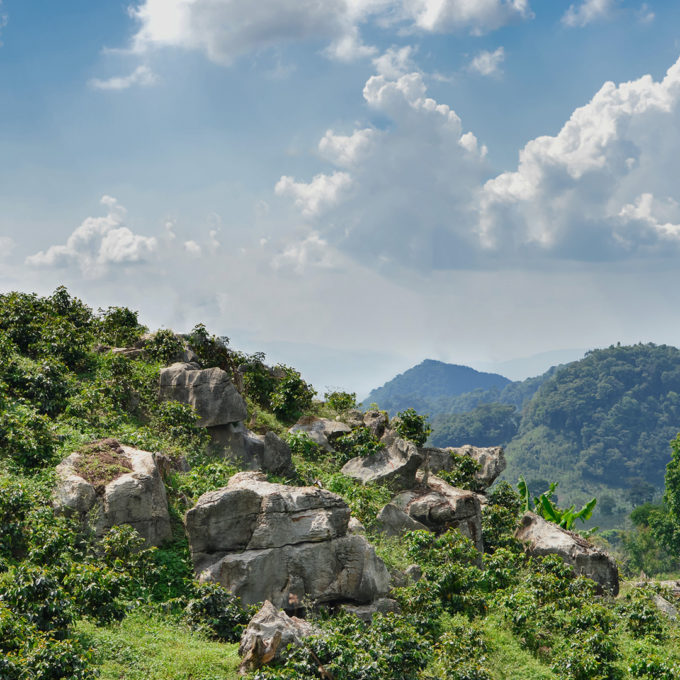
Jordan
Jordan is a very sunny country with over 310 days of sunshine a year. In recent years, market reforms and legislative frameworks have stimulated large solar and wind capacity additions at favourable prices. Such developments, in addition to a strong commitment by the government, place the country on track to meet or exceed its target of 20% renewable electricity production by 2025.
Scatec was one of the first developers to enter this market and built three solar plants totalling 43 MW in 2016.
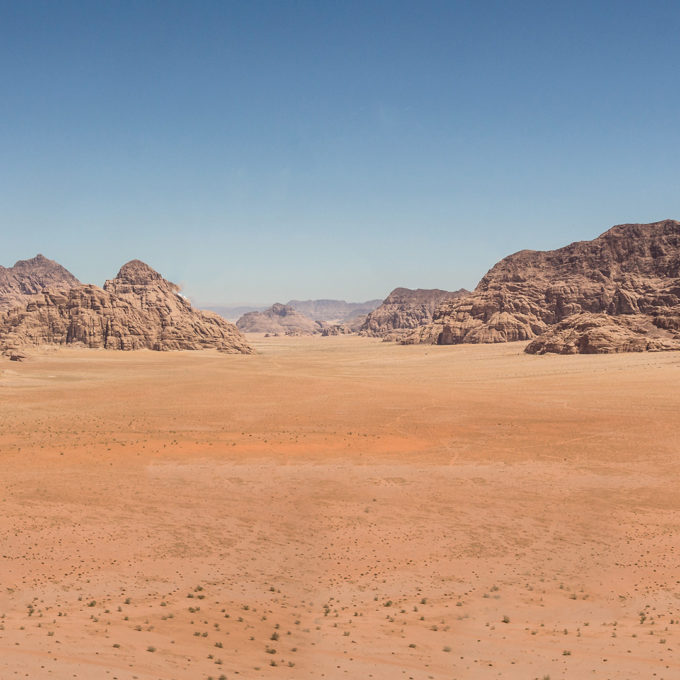
Laos
The Government of Laos promotes the development of renewable energies as an important component of the national economic development to ensure energy security, sustain socio-economic development, and enhance environmental and social sustainability. The Renewable Energy Development Strategy in Laos was issued in 2011 and it aims to increase the share of renewable energies to 30% of the total energy consumption in 2025. The Theun Hinboun power plant was the first privately developed hydropower project in Laos and has served as a model for how Laos can utilise its hydropower potential in a sustainable way.
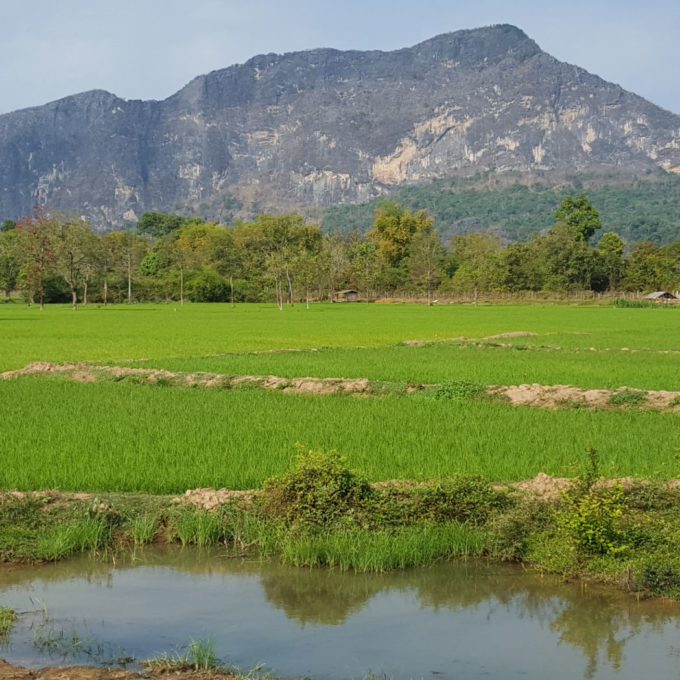
Malaysia
The Malaysian Government has launched a programme to boost the renewable energy production and has set out an ambition to source 20% renewable energy by 2025. Scatec and partners are currently realising 240 MW across four projects in the country, supplying solar power to Tenaga Nasional Berhad, the country’s largest electricity utility.
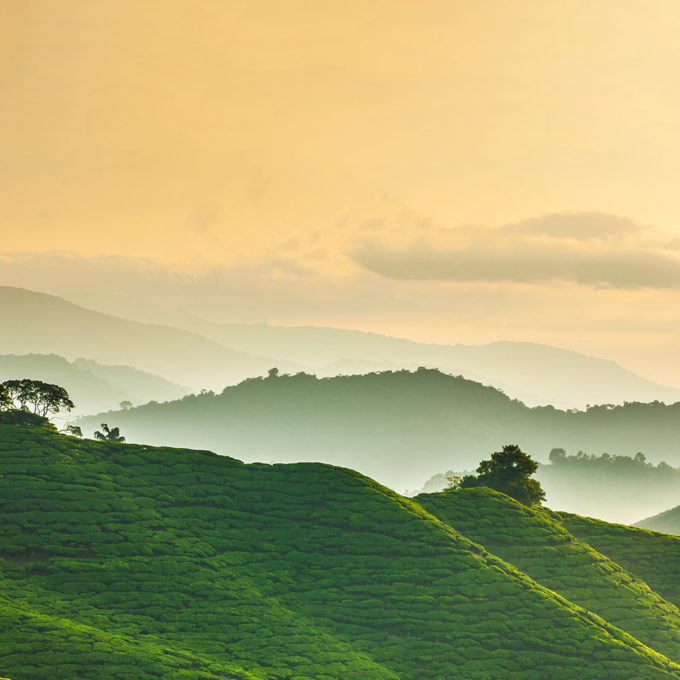
Pakistan
The Government of Pakistan has set in motion a plan to increase the share of renewable energy into its electric power mix to 30% by 2030. The 150 MW project portfolio in Sindh was awarded a “costs plus tariff” by the National Electric Power Regulatory Authority (NEPRA) in 2020.

Philippines
The Philippines’ power sector is a commercial market and features a well-established wholesale market, with all fuel groups represented. The sector boasts robust fundamentals with steady demand growth supporting investment opportunities. Policy continues to be supportive of renewables and the Government has launched a Renewable Energy Roadmap with an ambition to increase reinstalled capacity to at least 20 GW by 2040. SN Power entered the Filipino market in 2005. Today, the joint venture company owned by Scatec and Aboitiz Power is the largest private hydropower company in the country with 642 MW in operation and a median production of 810 GWh.
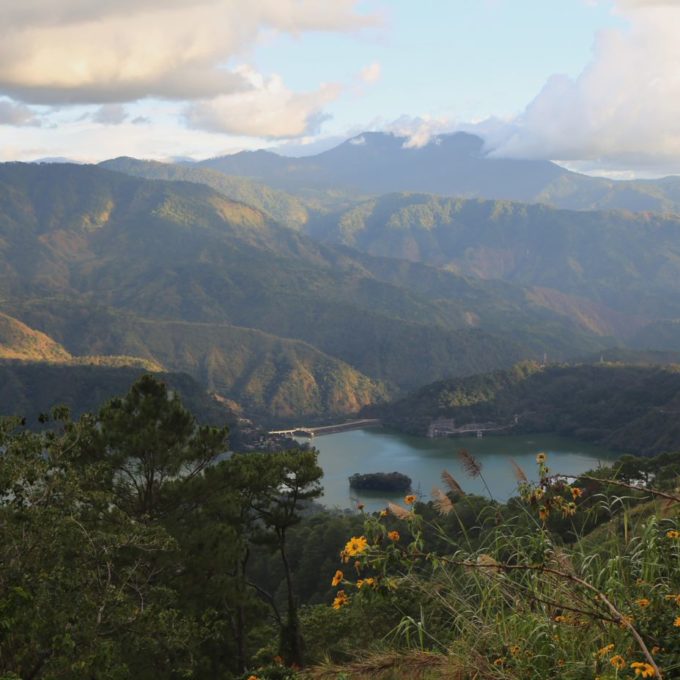
Romania
Romania has attractive market fundamentals, a clear energy transition agenda, and established offtake routes through Contract-for-Difference (CfD) auctions, corporate Power Purchase Agreements (PPAs) and a mature electricity market.

South Africa
The Renewable Energy Independent Power Producer Programme was launched by the Government in 2011. To date, close to 9 GW of renewable energy has been procured by the Government, of which 1.5 GW is solar. The country aims to install more than 8 GW of solar by 2030. Scatec entered the South African market in 2010. With 730 MW in operation Scatec a leading solar player in the country.
We develop new projects across Africa from our offices in Cape Town. This is also our engineering hub and our 24/7 operated global Control & Monitoring centre is located here.
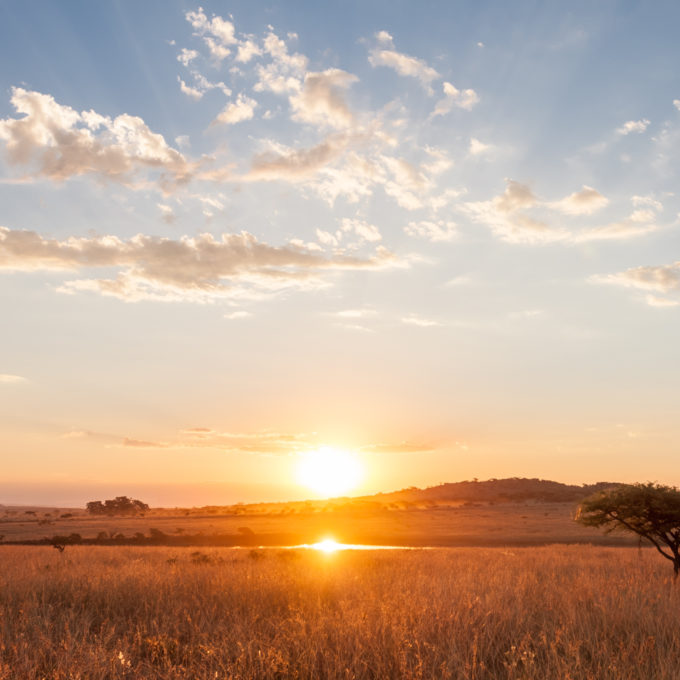
Tunisia
Since the end of 2016, the Tunisian government has embarked on the implementation of its programme for development of electricity production from renewables. In this framework the Ministry of Industry and SMEs launched an international tender for solar PV projects in 2019 with a total capacity of 500MWac.
Tunisia is committed to reaching 30% renewable energy by 2030 to reduce emissions, cut costs, and increase energy security. With 97% of electricity production currently derived from gas, of which approximately half is imported, Tunisia has an urgent need for additional renewable energy generation. To meet this demand, the authorities are planning further solar and wind auctions in the years to come.

Ukraine
Scatec entered Ukraine in 2017 and currently operates five solar power plants with a total capacity of 336 MW, located in the central and southern parts of the country. After the Russian invasion of Ukraine in February 2022, the situation has been very challenging and highly uncertain, and Scatec’s top priority is the safety of our Ukrainian employees.
Approximately 95% of the power plants owned and operated by Scatec are intact and available, however power demand is down, and production is being curtailed by the grid operator on an ad hoc basis.
